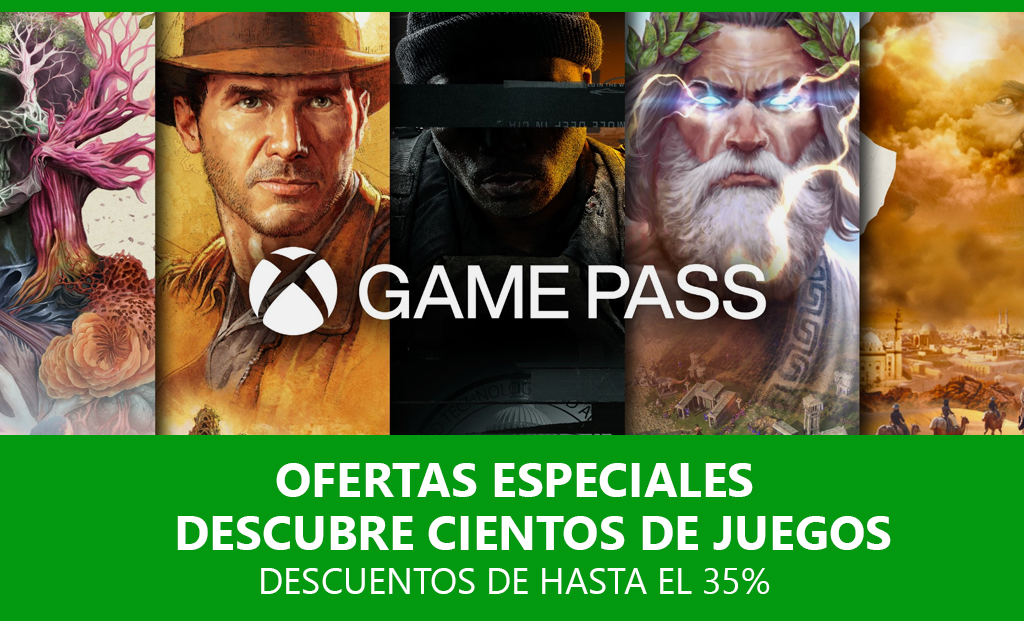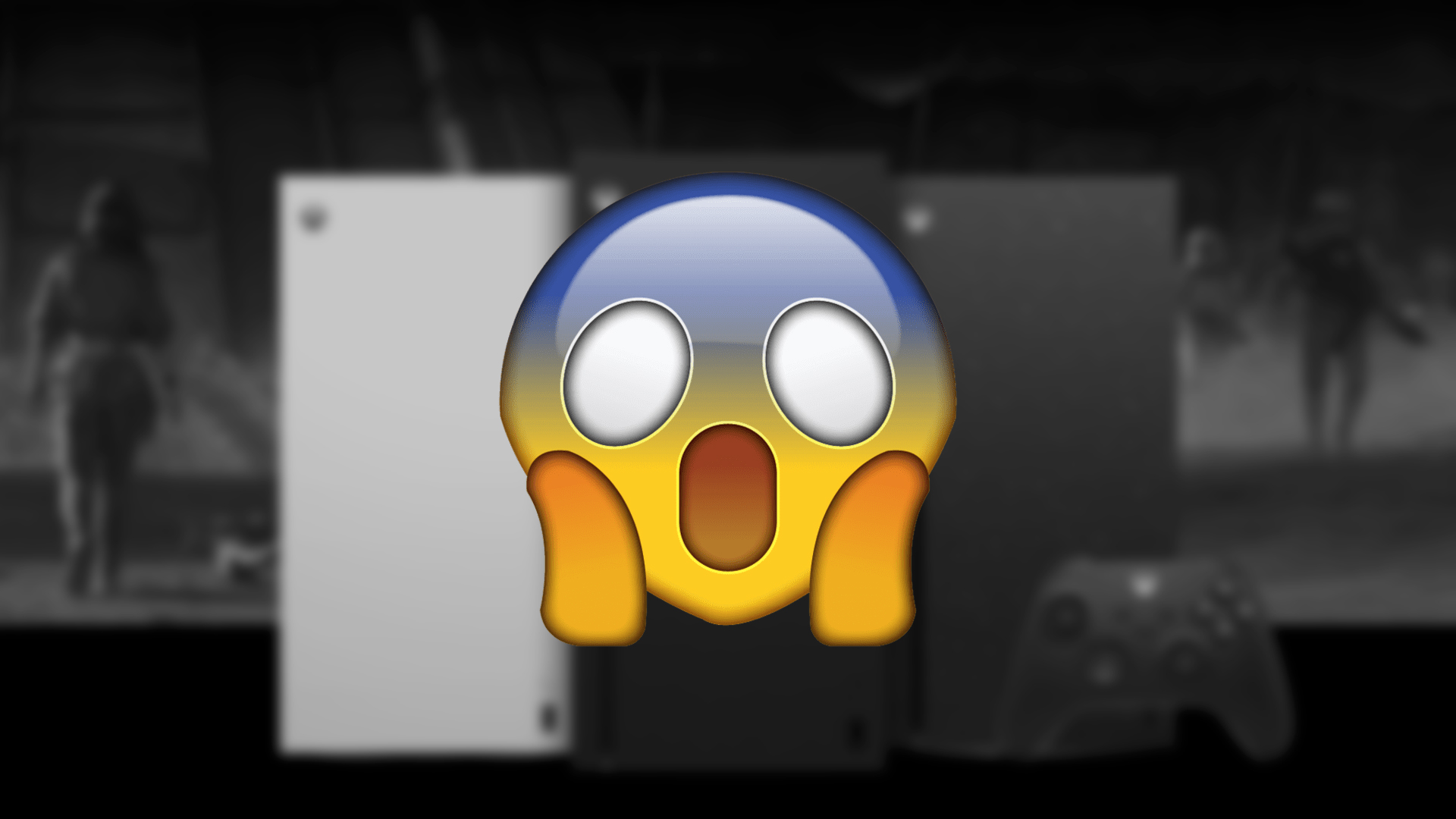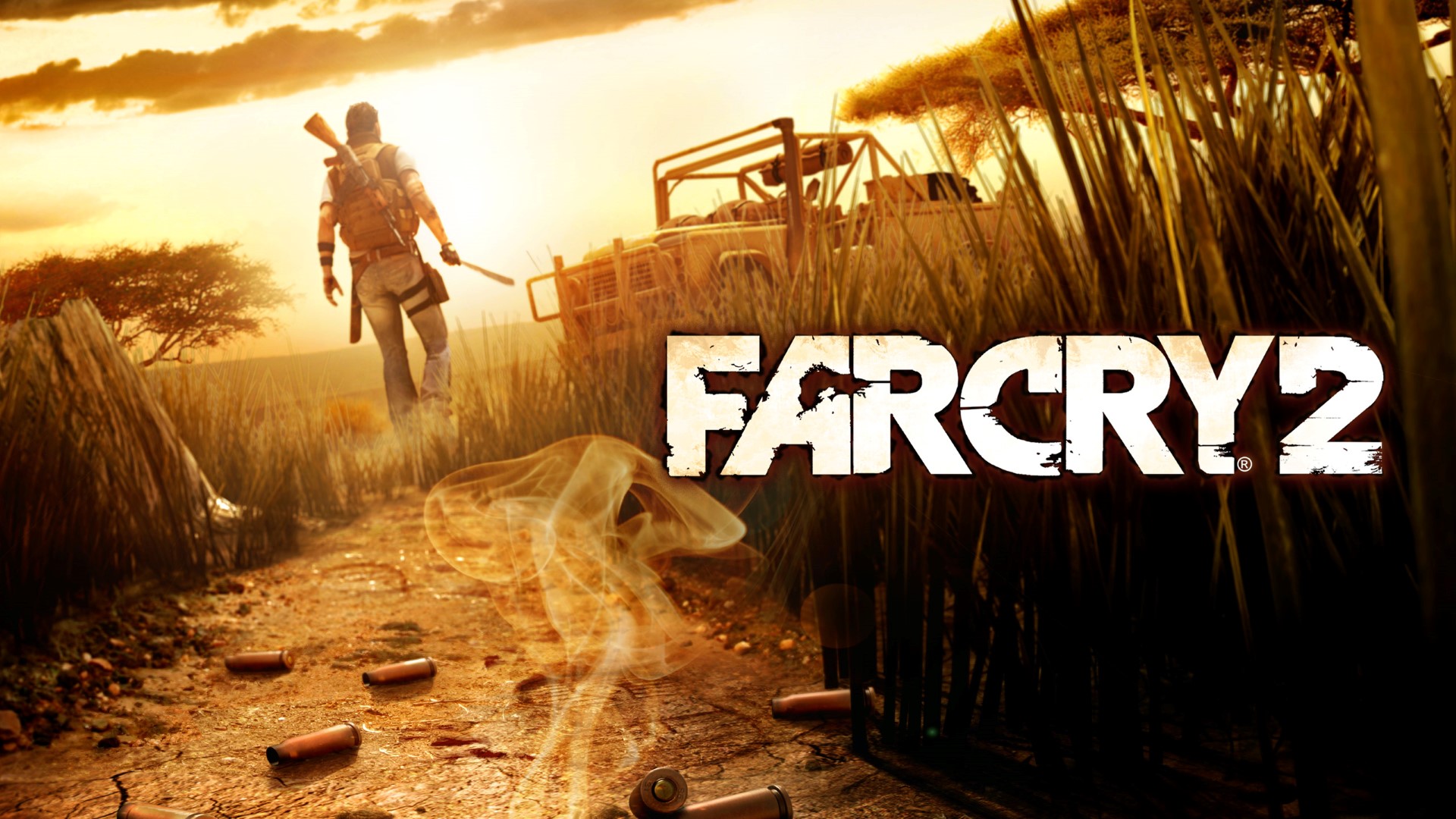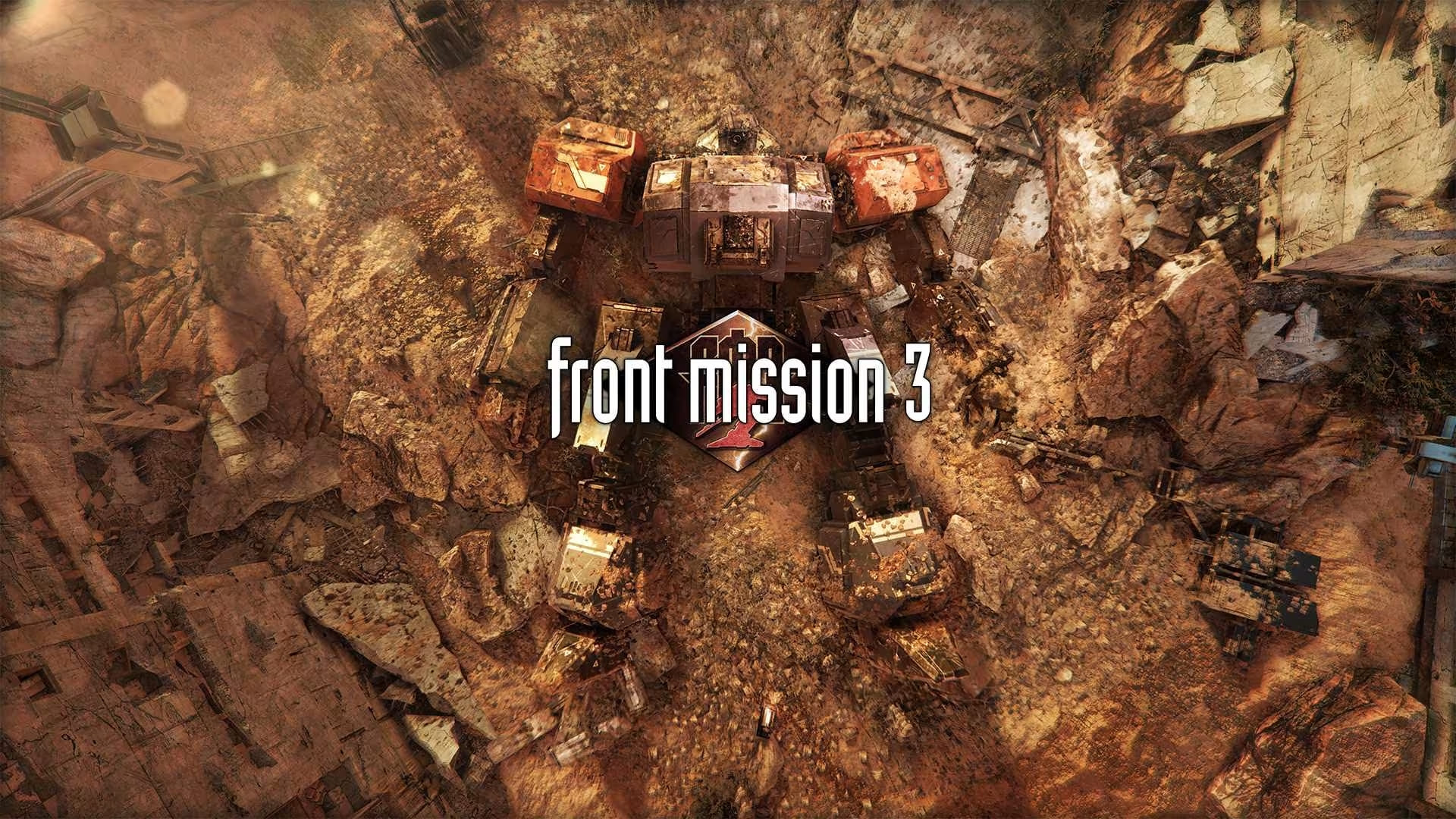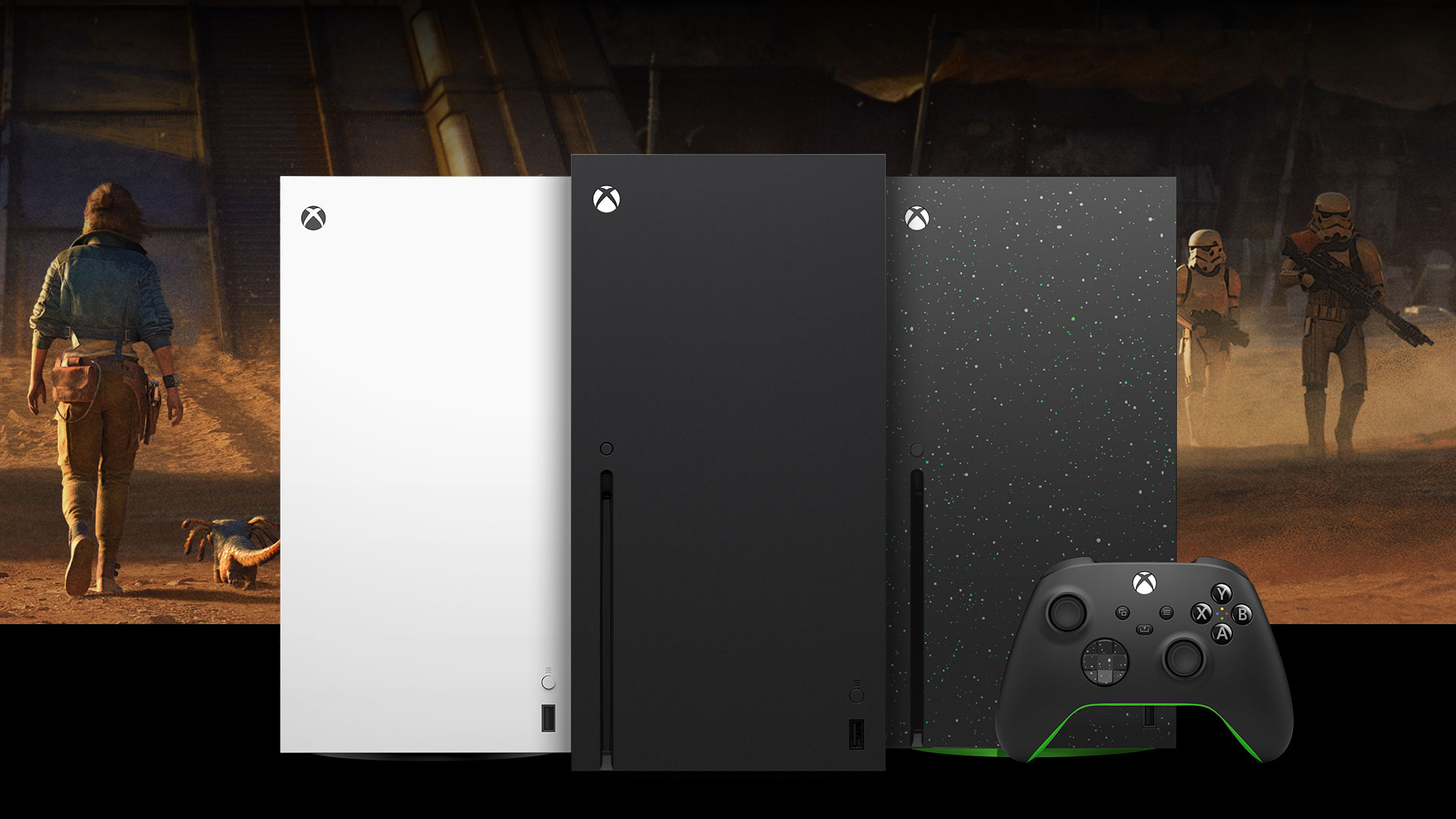The market has changed, devices have diversified and Xbox evolves, it does not disappear.
More stories in the category News
- The Far Cry 2 servers on Xbox 360 are back to life by surprise
- FRONT MISSION 3: Remake confirms its release in January 2026 and you can try it for free now
- Why your Xbox Series games do not update by themselves (even with the option enabled)
| Don't miss anything and follow us on Google News! |
Recent statements by Laura Fryer, former Microsoft executive and one of the founders of Xbox, have sparked debate on social media. In her video, Fryer laments the current direction of Xbox and claims that, in her opinion, “Xbox hardware is dead,” interpreting collaborations like the one with ROG Ally or Meta Quest as an attempt to exit the traditional console business.
However, this vision, although valid from a nostalgic perspective, does not align with the current market reality or Xbox’s strategy in 2025. The industry no longer revolves around launching a console every seven years. The hardware is still alive, but the ecosystem has changed, and Xbox has chosen to adapt rather than remain stagnant.
From Unique Consoles to Open Platforms
Xbox Series has not disappeared and continues to receive significant releases, system updates, compatibility with new features, and a broader catalog than ever. The brand has not abandoned hardware but has expanded its presence to PC, mobile, cloud, and even third-party devices. Isn’t that what was asked for years ago? Playing wherever, whenever you want?
Thinking that Xbox “doesn’t want or can’t manufacture hardware” overlooks the facts: Microsoft continues to produce consoles and has new models in the works, as evident in the FTC documentation and leaked roadmap plans. The recent partnership announcement with AMD for the development of new Xbox consoles is another example. External alliances are not a sign of withdrawal but a way to scale their service to new audiences, just like Netflix did with TVs or Apple with third-party chips.
Moreover, comments about the lack of new successes ignore recent realities: Hi-Fi Rush (although it eventually ended poorly) was an unexpected success, Starfield has been one of the biggest releases in the ecosystem, and Hellblade II, Avowed, Fable, DOOM: The Dark Ages, or South of Midnight are designed to sustain the brand in the long term. Xbox doesn’t need to replicate the model from 20 years ago; it needs to build one that works for the next 20.
Legacy is Not Lost, It’s Transformed
It’s understandable that someone who participated in Xbox’s early days might view its evolution with frustration. However, confusing nostalgia with stagnation is a strategic mistake. Today, Xbox bets on a multi-platform, transversal, living model with services that provide real value to players. This doesn’t mean it has given up; it means the playing field has changed, and it has decided to play on multiple fronts.
Judging by the growth of Game Pass, the adoption of xCloud, integration on PC, and the future catalog, the Xbox brand is not dying; it’s transforming into something bigger than a box under the TV. We’re not saying everything is perfect now, but rather that it’s a different moment, just like the evolution of the industry and the brand itself, Xbox.
